People come to Cordoba in droves for museums and attractions, historical sights, food, and nightlife.
The Mezquita remains the architectural, cultural, and historical treasure of Cordoba. It stands as an emblem of the Islamic culture that flourished when the city was the capital of Islamic Spain. Dating back to the medieval era, the former mosque houses a massive bell tower, Moorish style archways, decorative windows, fountains, Byzantine mosaics, and a beautiful patio lined with orange trees. While the architectural design and decor sings of an Islamic past, the Mezquita has operated with a Catholic cathedral at its center since the 1600s. Surrounding the Mezquita is the Old City. A place of tangled medieval streets, the walkways are lined with other historical attractions like the Roman Bridge, the City Wall, the fortress called Alcazar de los Reyes Cristianos, a beautifully preserved synagogue, as well as many charming squares and the Museum of Al-Andalus Life.
Just outside of the Old City there exist a few other popular attractions like the archaeological ruins of Madinat Al-Zahra, sunset allure of the Plaza del Cristo de los Faroles, and the Viana Palace which houses a museum that features furniture, tapestries, porcelain, tiles, paintings, leatherwork, muskets, an impressive library, and extensive gardens with patios.
See also: Unmissable UNESCO sites to see in Andalucia.
Sight-seeing and shopping are give-ins no matter where you travel, but depending on the time of year, Cordoba has a range of other seasonal activities to engage in. May, for example, is considered the best time to visit the city. Cruces de Mayo is celebrated during the first week of the month with music, drinks, and other festivities held in Cordoba's public squares. The Cata de Vino-Montilla Moriles is a great way to sample local wine and enjoy music under a large tent in the city center, while the Festival de Patios has families open their private homes to visitors from all around the world to admire their central patios. The longest festival, however, is called the Feria de Córdoba, which takes place over two weekends. Activities include Flamenco dancing, horse riding, and rides for children during the day with parties all around the city by night.
Other activities available throughout the year include a visit to the Hammam – Arabic baths, renting an electric car to see the city, or taking a Segway tour of Cordoba.
Museums and Attractions:
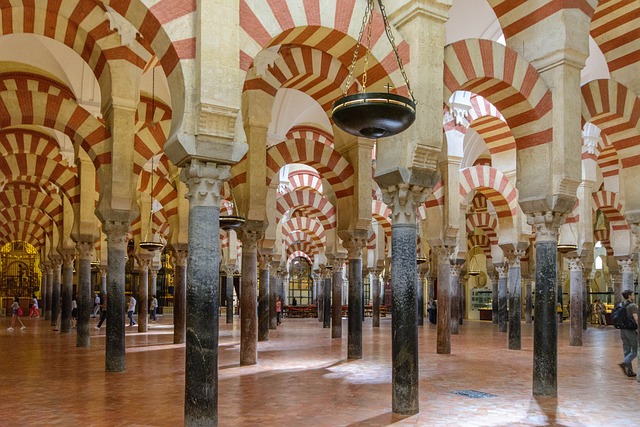 Museums and historic landmarks are a big part of what makes Cordoba so popular. The city is filled with monuments that reflect its past. The Great Mosque (La Mezquita) is one of the most iconic sights. You can also visit Alcázar de los Reyes Cristianos, Palacio de Viana, and Puente Romano.
Museums and historic landmarks are a big part of what makes Cordoba so popular. The city is filled with monuments that reflect its past. The Great Mosque (La Mezquita) is one of the most iconic sights. You can also visit Alcázar de los Reyes Cristianos, Palacio de Viana, and Puente Romano.
Historical Sights:
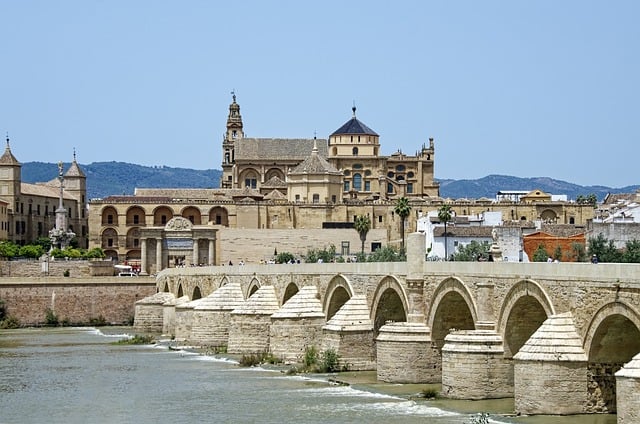 Countless travelers are captivated by the old town's history. It's old town is one of the most enchanting in Andalusia. There are whitewashed houses that line flower-filled streets and its compact enough to take a leisurely stroll.
Countless travelers are captivated by the old town's history. It's old town is one of the most enchanting in Andalusia. There are whitewashed houses that line flower-filled streets and its compact enough to take a leisurely stroll.
A nice way to explore destinations in Cordoba is with local tours that last just a few hours. This way you can see as much as possible in an efficient way with knowledgable guides. Prices vary by the type of activity or tour, the dates, and the size of the group. Here are a few of the highest rated tours by previous visitors:
- Guided Tour of the Mosque and Cathedral of Cordoba in Spanish for $13 details
- Cordoba tour Mosque-Cathedral & Jewish Quarter, max. 8 people for $72 details
- Medina Azahara Guided Tour The Caliph City for $18 details
A few typical prices for sights, activities, and entry fees in Cordoba are listed below. These actual costs are from real travelers to provide you with an idea how much you might need to spend. Your individual costs will vary based on which activities you do, which attractions or museums you visit, and how often you participate in free or low-cost activities.
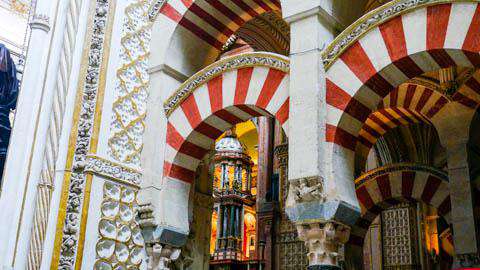 The Mosque-Church of Cordoba, Spain
The Mosque-Church of Cordoba, Spain

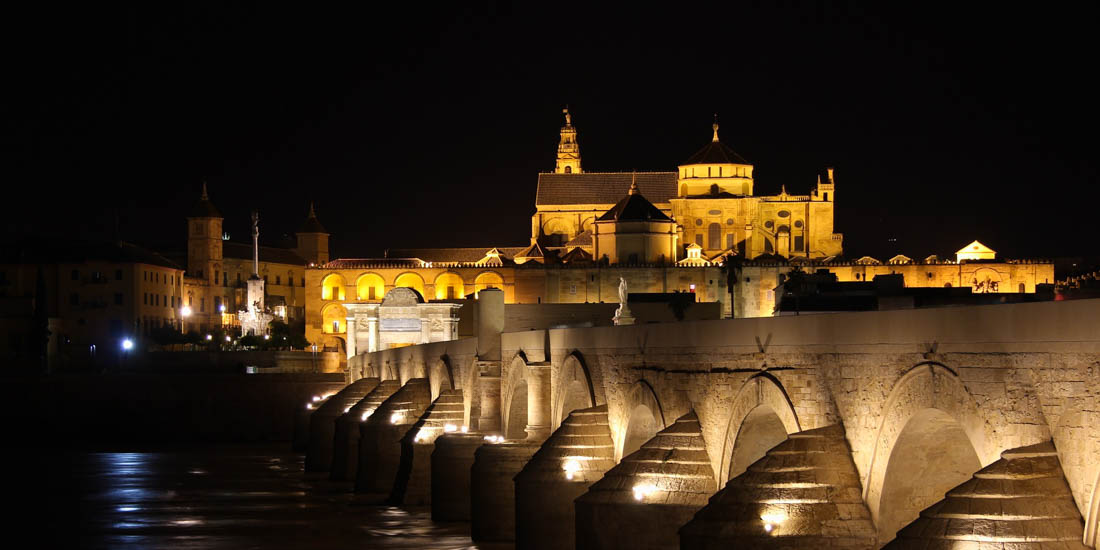
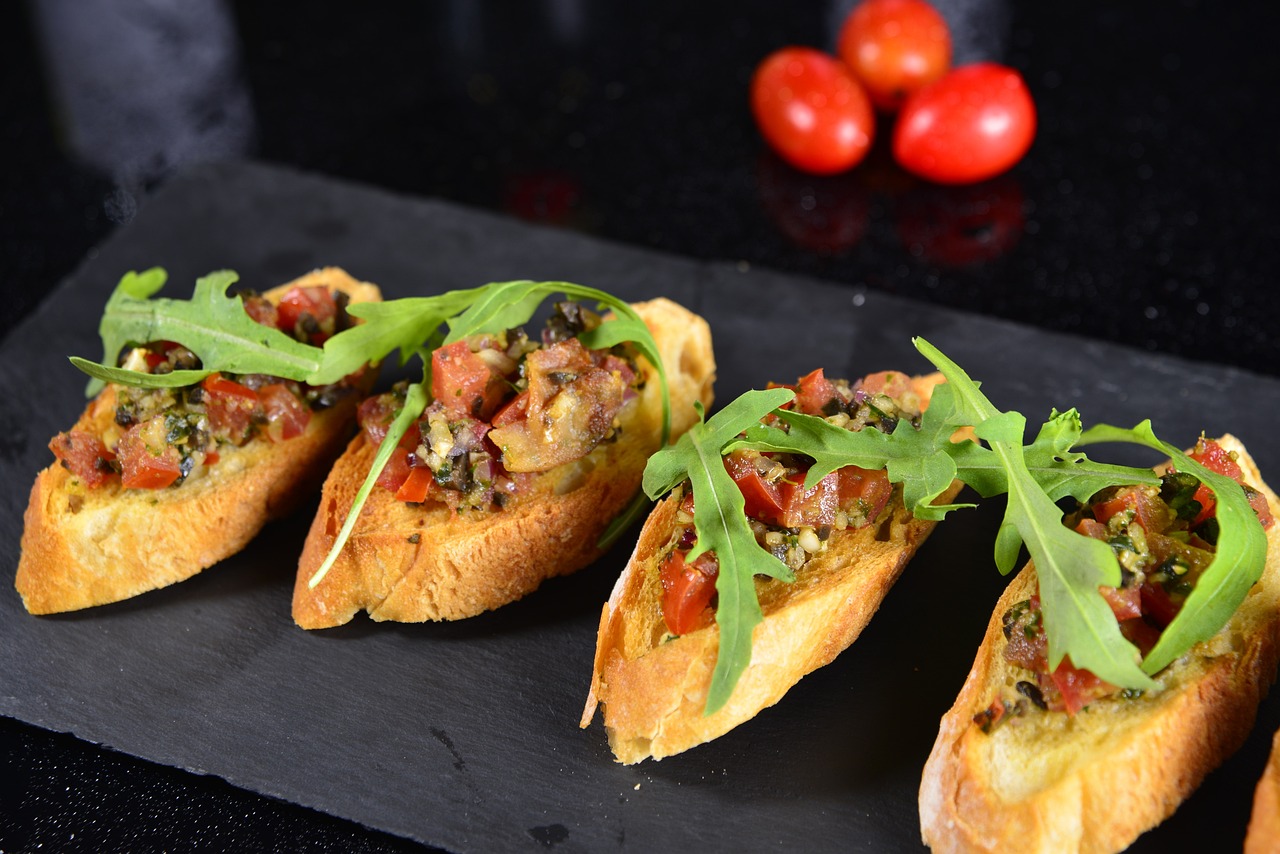
 Museums and historic landmarks are a big part of what makes Cordoba so popular. The city is filled with monuments that reflect its past. The Great Mosque (La Mezquita) is one of the most iconic sights. You can also visit Alcázar de los Reyes Cristianos, Palacio de Viana, and Puente Romano.
Museums and historic landmarks are a big part of what makes Cordoba so popular. The city is filled with monuments that reflect its past. The Great Mosque (La Mezquita) is one of the most iconic sights. You can also visit Alcázar de los Reyes Cristianos, Palacio de Viana, and Puente Romano. Countless travelers are captivated by the old town's history. It's old town is one of the most enchanting in Andalusia. There are whitewashed houses that line flower-filled streets and its compact enough to take a leisurely stroll.
Countless travelers are captivated by the old town's history. It's old town is one of the most enchanting in Andalusia. There are whitewashed houses that line flower-filled streets and its compact enough to take a leisurely stroll.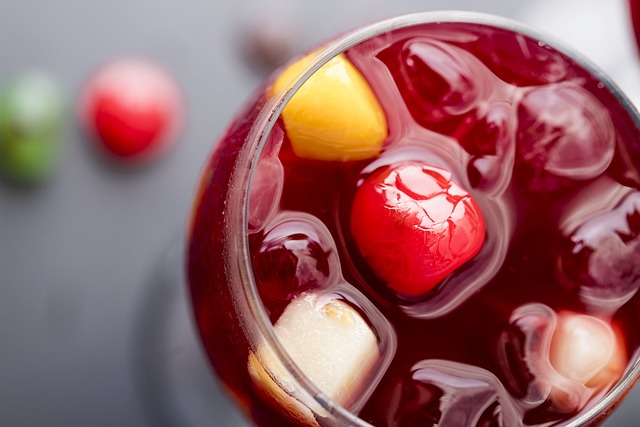
 Budget Your Trip is all about finding out how much everything costs so that you can travel cheaper and longer. Created by avid travelers Laurie and Bryan, our goal is to help you plan your next trip on the right budget. With average daily travel costs that are calculated from the budgets of real travelers, plus an analysis of hotel and tour prices, you can find out how much money you need to plan your next adventure. We also have plenty of travel advice, accommodation reviews, and activity suggestions.
Budget Your Trip is all about finding out how much everything costs so that you can travel cheaper and longer. Created by avid travelers Laurie and Bryan, our goal is to help you plan your next trip on the right budget. With average daily travel costs that are calculated from the budgets of real travelers, plus an analysis of hotel and tour prices, you can find out how much money you need to plan your next adventure. We also have plenty of travel advice, accommodation reviews, and activity suggestions.